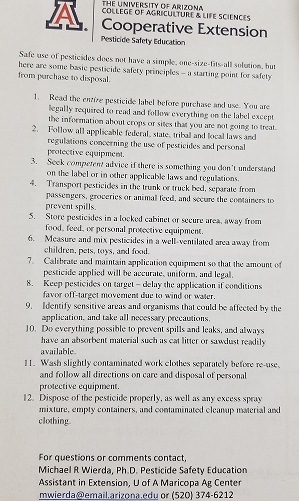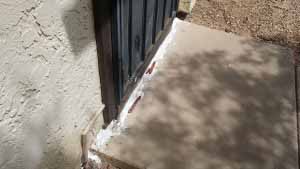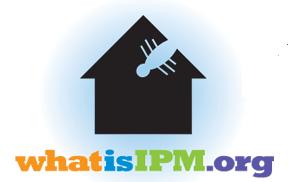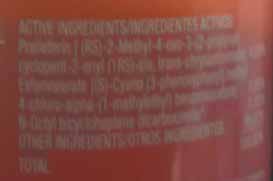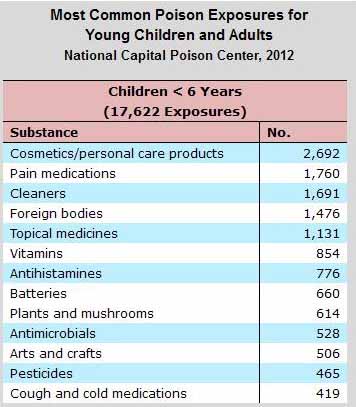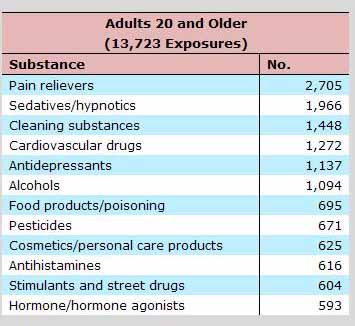Pesticides
Pesticides are a tool of the IPM or Integrated Pest Management. It is important to understand and implement the correct usage of any chemical used. I recently attended a workshop where this subject was addressed especially with the idea of IPM or Integrated Pest Management. Always a great idea to rehash the options you have when using them. I have always believed that IPM works and should be the basis of any pest treatment. I also wish to address the belief of some that IPM means no pesticides, that is incorrect it simply means that you use the other tools first and if you must use them you do so in a manner that is minimally evasive to the structure.
Thank you to Dr. Michael R. Wierda for supplying this information, info to talk with him included with the sheets.



